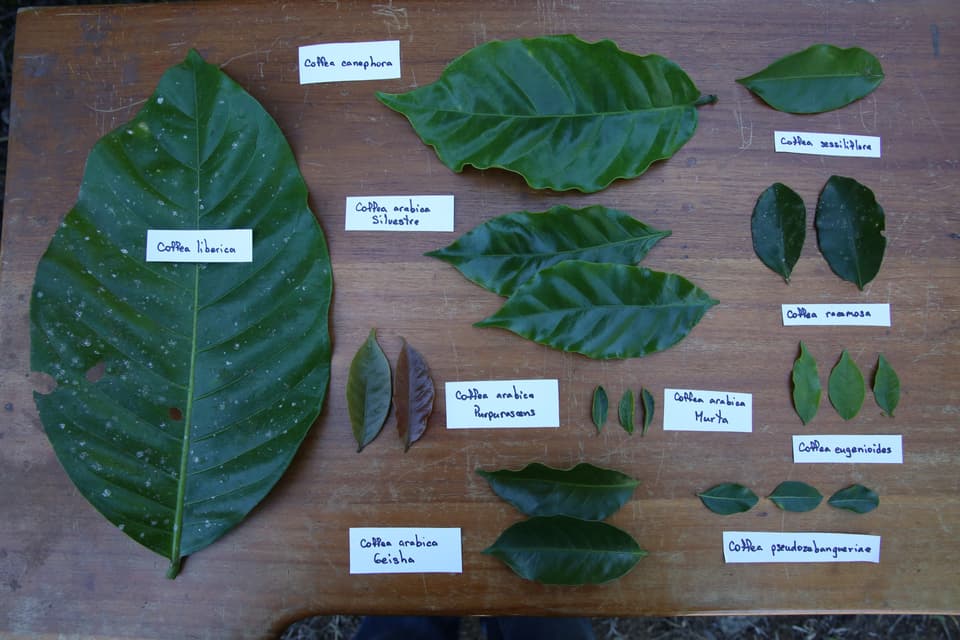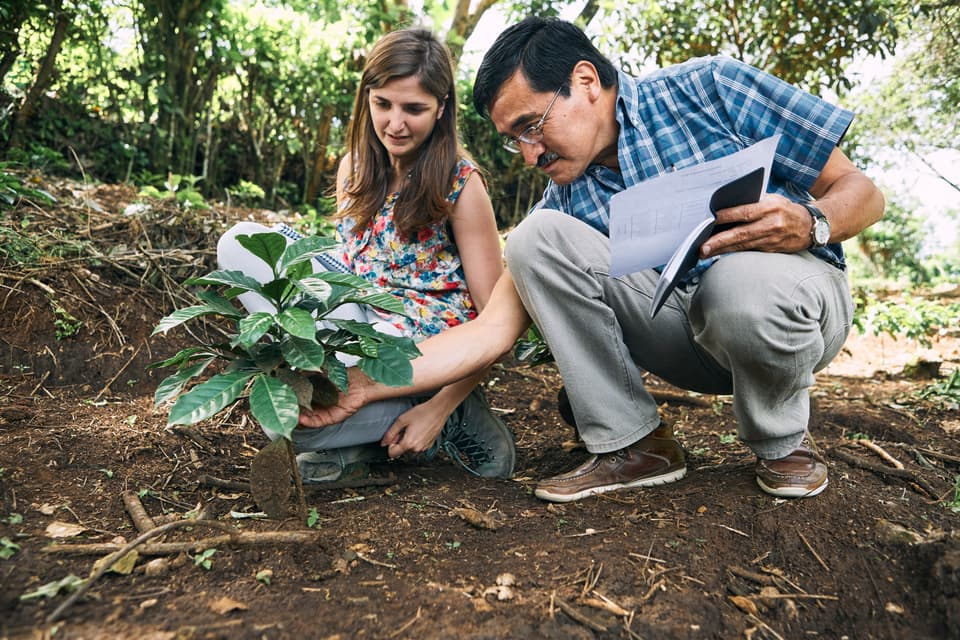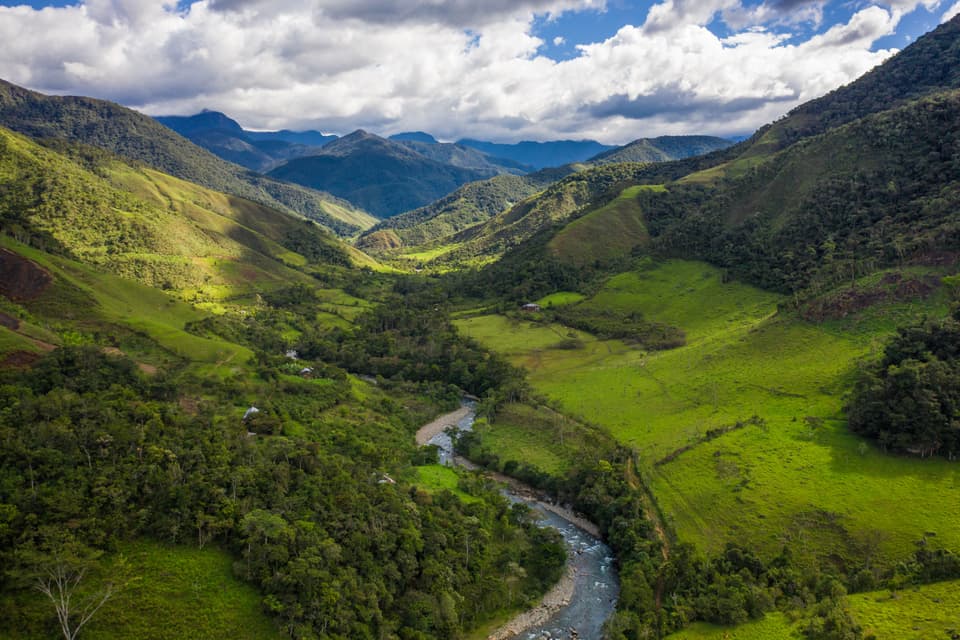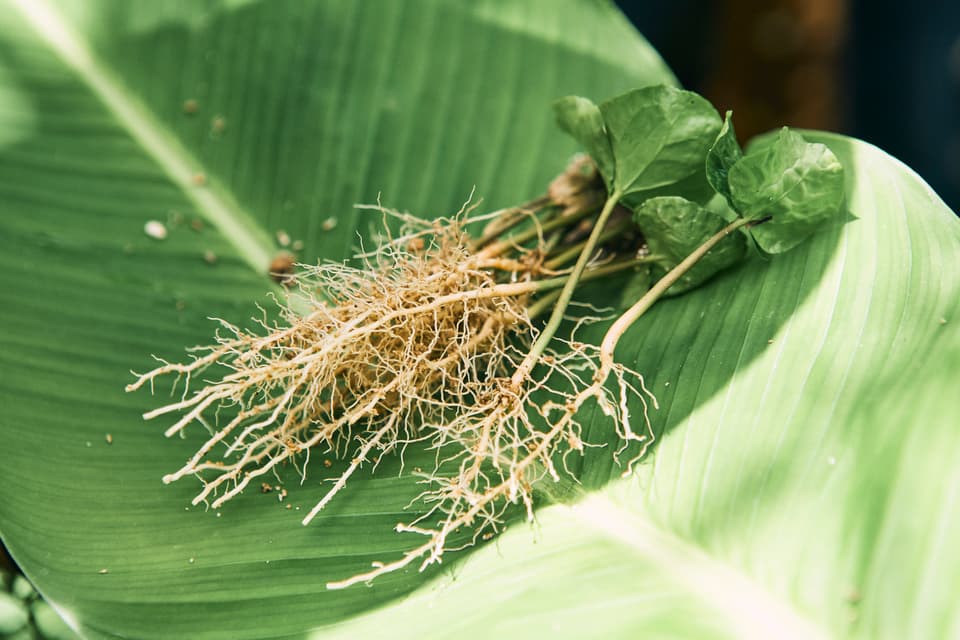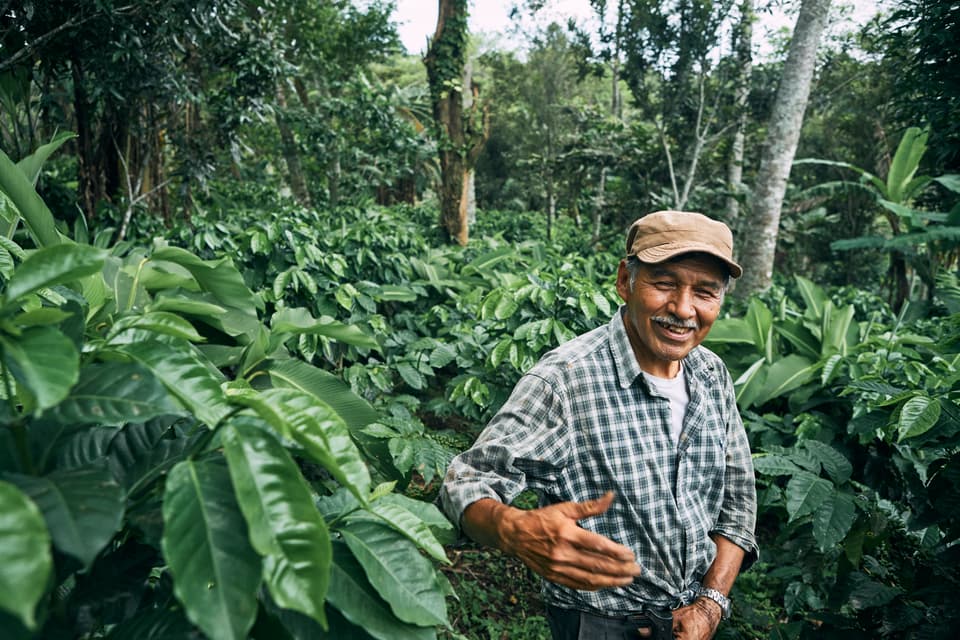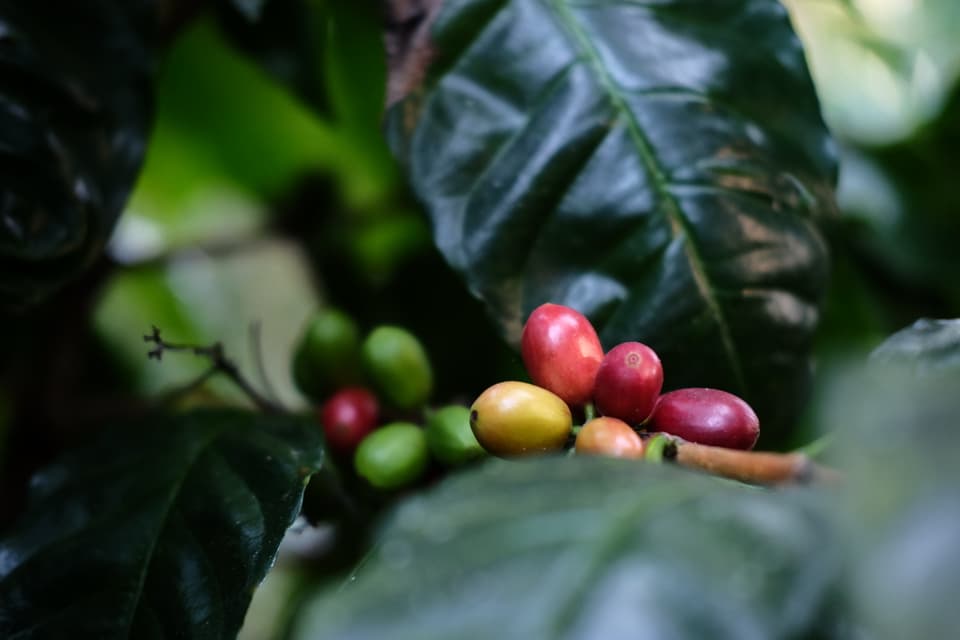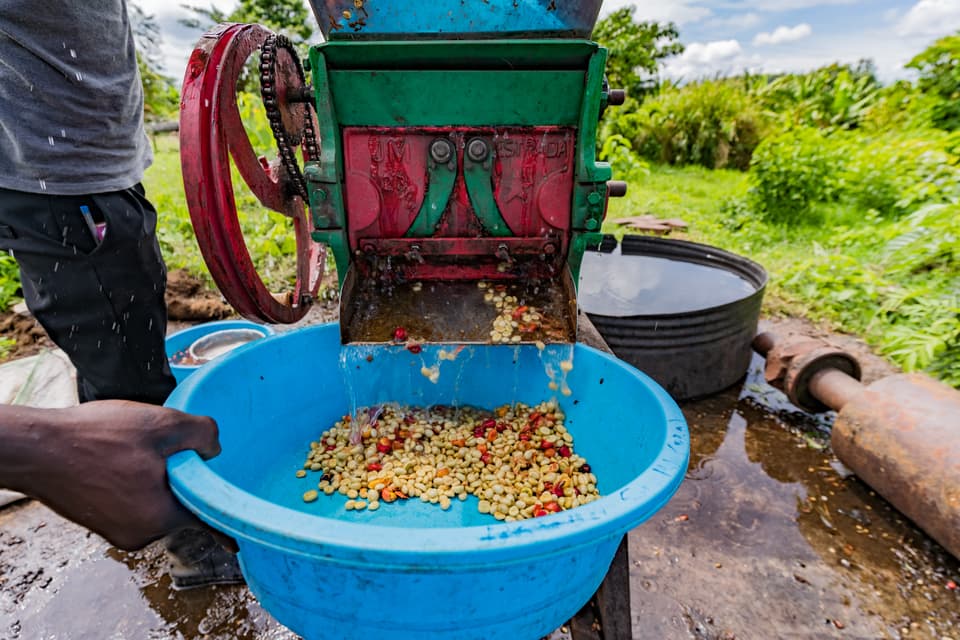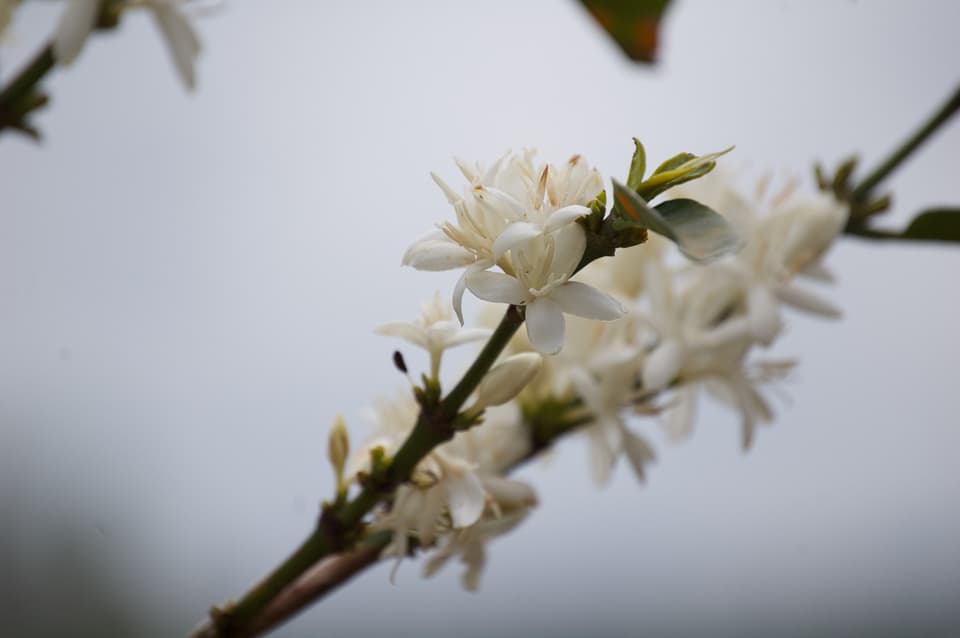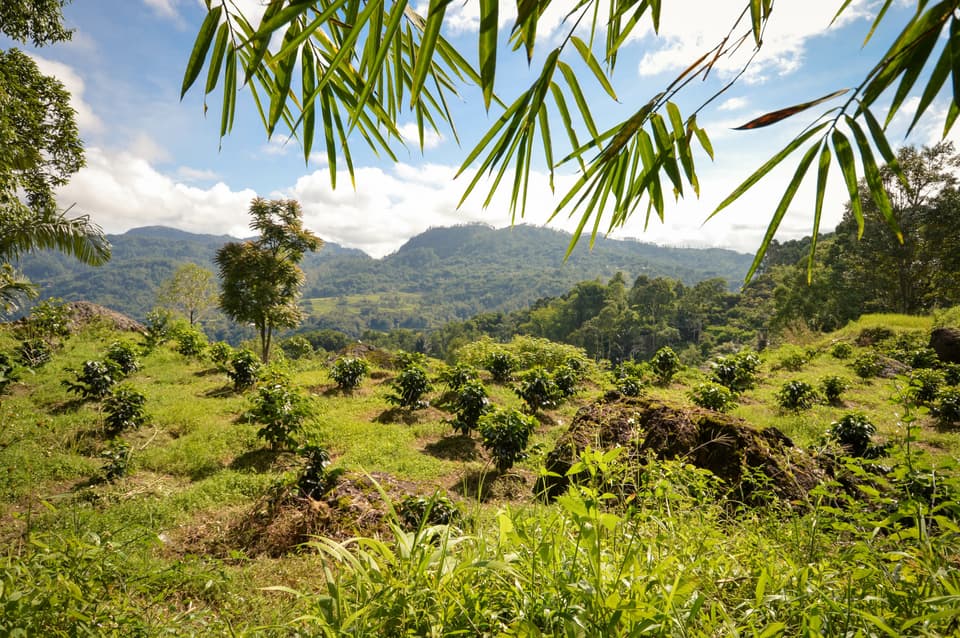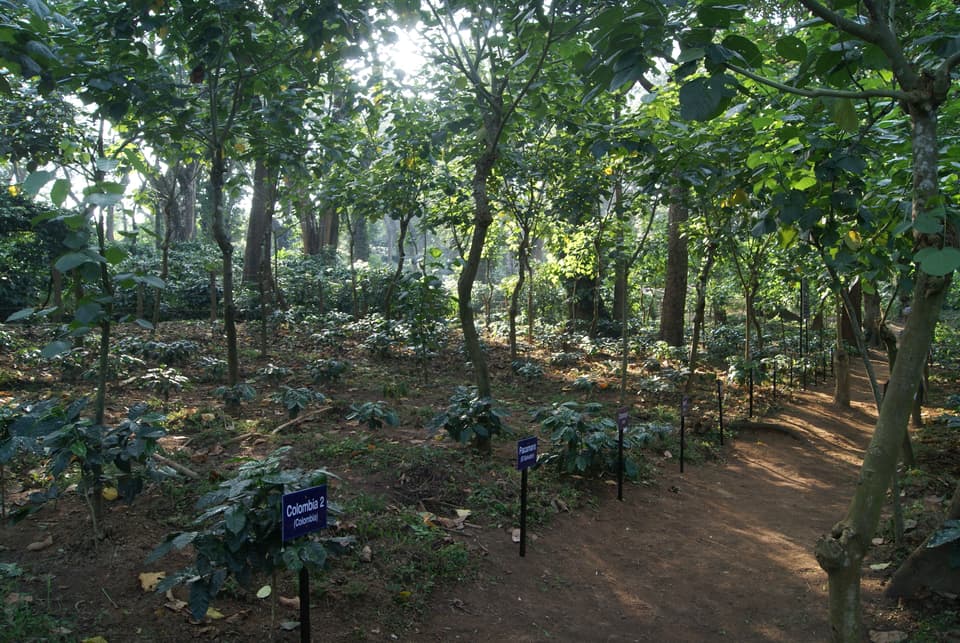There is no other coffee country in the world like Ethiopia. It is the birthplace of Coffea arabica and contains nearly one-fifth of all coffee farms across the world. Coffee is critical to the economy, generating 24% of Ethiopia's export income. At the same time, half of the coffee produced in Ethiopia remains within the country for local consumption as part of the world’s oldest coffee culture. Ethiopian coffee is celebrated globally for its wide range of unique and diverse flavor profiles. It is exported primarily to Saudi Arabia, the United States, Germany and Japan.
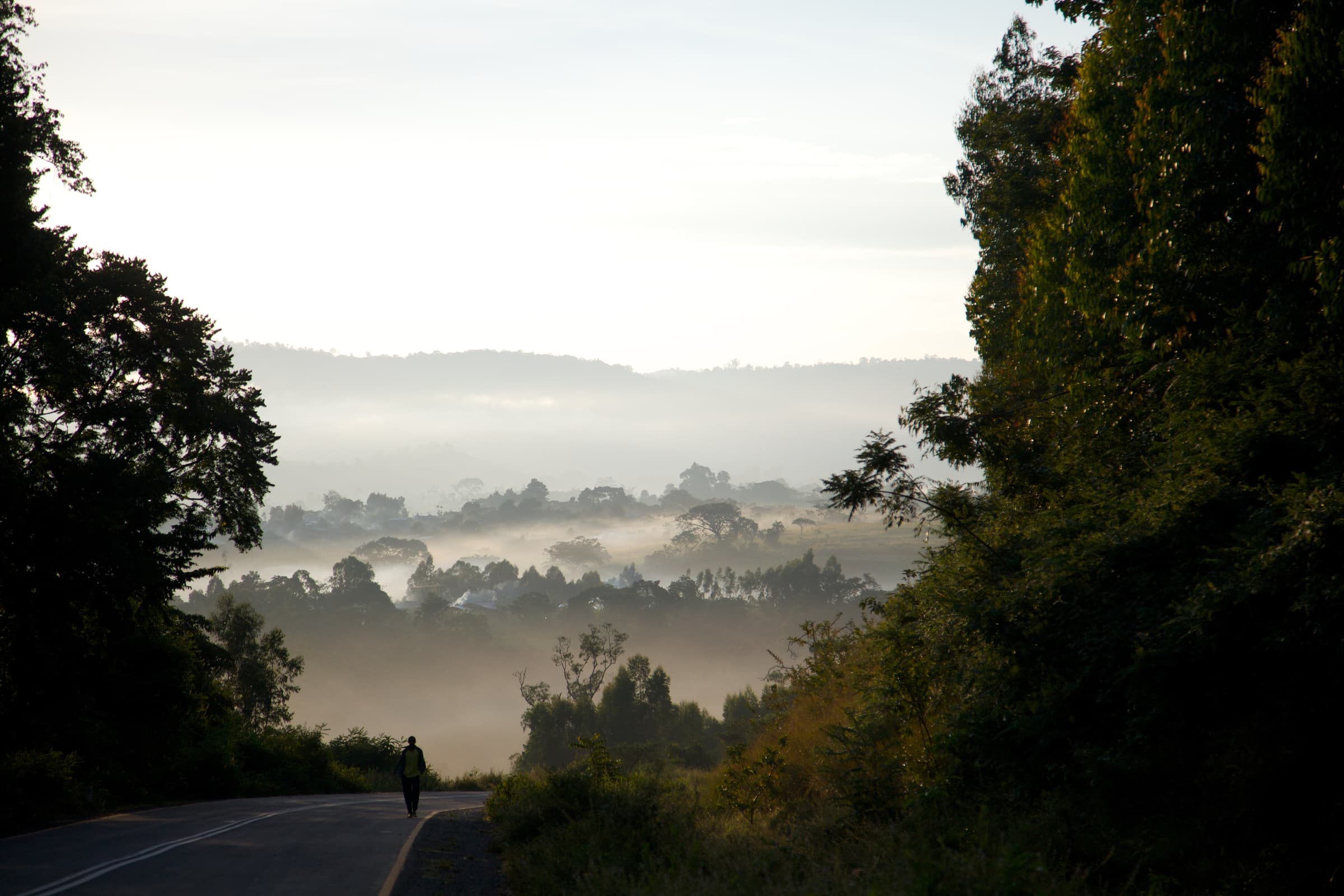
Ethiopia
In 2021, WCR signed a memorandum of understanding with the Ethiopian Institute of Agricultural Research (EIAR) and the Jimma Agricultural Research Center (JARC) to support their work to bring improved varieties to farmers. Ethiopia has a long and strong tradition of coffee agricultural research via EIAR and JARC. In 2021 and 2022, WCR is leading numerous assessments to understand how global donors and partners can support Ethiopian research institutions to improve the quality of coffee R&D and increase access to better plants for the benefit of Ethiopian farmers. Once we have completed these assessments, the next step is to work with JARC and EIAR to prioritize the areas where investment is needed and to work with different donors to unlock these investments.
Current Activity
Country Progress
Export volume, three-year average
Country Statistics
Coffee agricultural R&D is critical for delivering the productivity and quality improvements that lead to economic transformation at scale.
International Coffee Organization (ICO). 2021. Exports of all forms of coffee by exporting countries to all destinations. Accessed from https://ico.org/trade_statistics.asp?section=Statistics
TBD
Enveritas, 2018. “How many coffee farmers are there? Global coffee farm study”
Food and Agriculture Organization of the United Nations (FAO). 2021. Crops and livestock products. Accessed from http://www.fao.org/faostat/en/#data/QC
Agricultural Science and Technology Indicators (ASTI). 2021. ASTI database. International Food Policy Research Institute (IFPRI). Accessed from: https://www.asti.cgiar.org/data
Calculated using ICO production data and FAO area harvested data
Our Partners
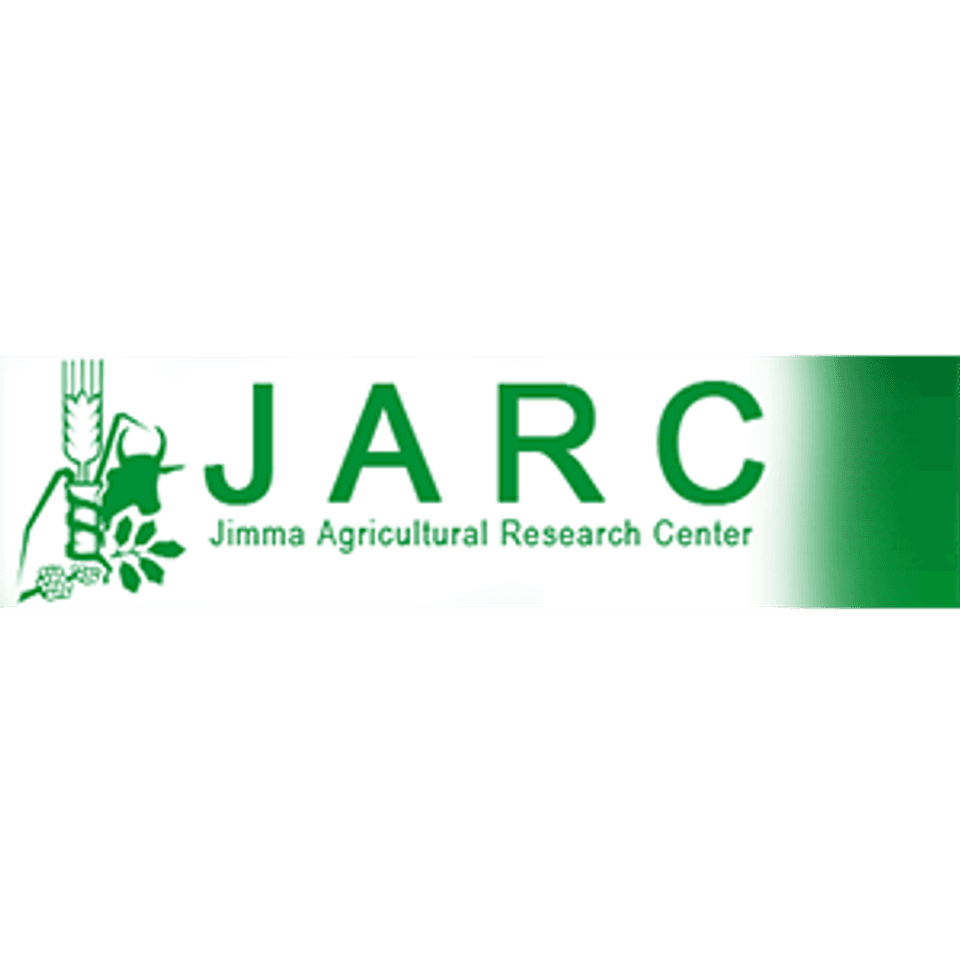
Jimma Agricultural Research Center (JARC)
JARC was established in 1967 to coordinate, generate, and disseminate coffee research for Ethiopian farmers. It is part of the Ethiopian Institute of Agricultural Research (EIAR). JARC has released 42 coffee varieties for different regions and conducts research on quality, diseases and pests, agronomy, soil, conservation practices, and socioeconomics.
